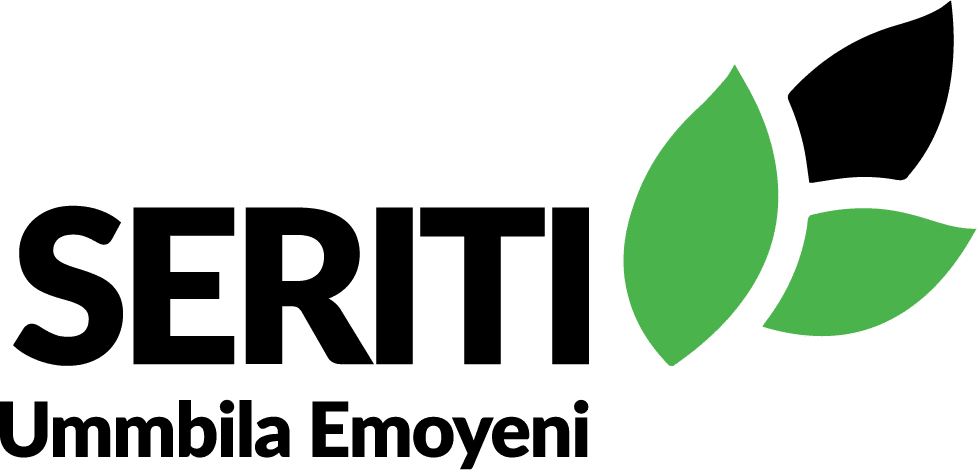FAQ
Frequently Asked Questions
The Just Energy Transition (JET) underlines the urgent global need to shift towards renewable energy sources and diversified energy mix to combat climate change through decarbonisation. This is vital in reducing greenhouse gas emissions to avoid severe climate implications on people and the environment.
The Paris Climate Agreement commits to limit global warming to 1.5 degrees Celsius, but the planet is currently set to exceed this. The United Nations’ SDGs, particularly SDG 7 (Affordable and Clean Energy for all) and SDG 13 (Climate Action), further support the JET initiative to tackle the climate change problem.
The Just Energy Transition (JET) in South Africa is a national movement that aims to transition from an economy heavily reliant on coal and fossil fuels to one powered by an integrated energy mix that prioritises renewable energy sources.
However, the transition is not just about carbon emissions.
It also aims to improve the livelihoods of communities, promote local economic and employment opportunities, and alleviate poverty. The JET considers socio-economic fairness, aims to address inequality tied to the fossil fuel economy and strives for inclusive distribution of benefits in the emerging energy economy. For this reason, Seriti Green’s approach is the engagement of stakeholders with a consistent and transparent narrative that builds trust and collaboration to support our mission.
Seriti Green, a black-owned pioneering force in Africa’s renewable energy sector, has been at the forefront of the continent’s renewable energy landscape for over a decade and a half. Governed by its own Board of Directors and an independent management team, Seriti Green operates within a strategic consortium comprising Seriti Resources, VennEnergy, RMB, and Standard Bank. This collaborative structure enables efficient management and execution of large-scale renewable energy projects, enabling Seriti Green to propoel South Africa and the broader African continent towards a just and sustainable energy transition through exemplary renewable energy projects.
Seriti Green has notably developed the 232MW wind projects West Coast One and Amakhala Emoyeni, demonstrating its capability to turn concepts into reality. The company has four additional projects at advanced development stages, with Msenge Emoyeni under construction and the landmark Ummbila Emoyeni having commenced in early 2024. Seriti Green is actively developing the Ummbila Emoyeni 900MW hybrid renewable energy facility, poised to become South Africa’s largest renewable hybrid energy facility. Furthermore, the company is in the early stages of developing a 1.3 GW project, Phefumula Emoyeni, situated adjacent to Ummbila Emoyeni.
Wind energy harnesses the natural flow of air in our atmosphere to generate electricity. Here’s how it works in simple terms:
Imagine the wind sweeping across the plains or coastlines; it carries kinetic energy due to its motion. Wind turbines, those tall structures with large blades that you might see dotting the landscape, are designed to capture this energy. The principle is somewhat akin to how old windmills used to grind grain or pump water, but modern turbines convert wind energy into electricity.
When the wind blows, it pushes against the blades of the turbine, causing them to turn. These blades are connected to a rotor, which in turn is connected to the main shaft. As the blades turn, so does the shaft, spinning inside the turbine. This shaft extends into a generator, a device that converts the rotational energy into electrical energy through the use of magnetic fields. The electricity generated can then be transported through power lines and ultimately used to power homes, and businesses, and even charge batteries for storage.
Wind turbines can stand alone as a single source of power for a location or be grouped together in wind farms to produce large amounts of electricity, contributing significantly to a region’s energy grid. The beauty of wind energy lies in its simplicity and the fact that it utilizes a renewable resource, making it a clean and sustainable alternative to fossil fuels.
Wind energy is one of the most sustainable and clean ways to generate electricity, as it doesn’t emit toxic pollutants or contribute to global warming. The environmental impact of wind farms focuses on land use and potential effects on wildlife, such as birds and bats are carefully assessed in environmental impact assessments to mitigate them. The land around wind turbines can often still be utilised for agricultural or recreational purposes, minimising the disruption to the environment.
For landholders, hosting wind turbines can offer significant economic benefits without greatly interfering with land use. Landowners typically receive lease payments, providing a steady income over the life of the wind project. These financial arrangements can vary, but they generally represent a win-win situation, allowing landholders to continue their existing land use practices while gaining additional income. Speak to our landowner specialist at Seriti Green, for more information.
The typical operational lifespan of a wind farm is approximately 20-25 years. During this time, maintenance is carried out to ensure efficiency and reliability. After their operational life, wind farms can either be decommissioned or updated through repowering, where old turbines are replaced with new ones to extend the site’s life.
Ummbila Emoyeni, a wind energy facility with an approximate capacity of 155MW, is designed to supply renewable power to Seriti’s coal mining operations through the Eskom grid, thereby decarbonising their energy consumption.
The construction of Ummbila Emoyeni commenced in 2024, marking a significant milestone in the project’s development and Seriti Green’s contribution to South Africa’s renewable energy landscape. The initial phase will complete in 2026.
In addition to Ummbila Emoyeni, Seriti Green has ventured into the development and sale of various projects, including Iziduli Emoyeni and Umsinde Emoyeni, among others. These projects underscore the company’s commitment to expanding its renewable energy footprint across South Africa.
Leveraging a blend of seasoned expertise and advanced technology, particularly in wind mapping, Seriti Green meticulously identifies and develops prime greenfield wind energy sites. This precision-driven approach ensures the delivery of efficient and economically viable renewable energy projects.
Seriti Green aspires to be a preeminent black-owned independent renewable energy producer, unlocking Africa’s potential through the development, construction, and operation of large-scale renewable energy projects. The company’s core values are centred around safety, and delivering on promises, transformation that considers the needs of diverse stakeholders and safety and health without compromise.
Seriti Green is committed to sustainability through the entire lifecycle of its wind farms, from site selection to operation and eventual decommissioning. The company employs best practices in environmental care, community engagement, and technical innovation to ensure its projects not only generate renewable energy but also contribute positively to the local environment and communities.
The Ummbila Emoyeni project is set to redefine Mpumalanga’s journey towards a just energy transition, being the largest renewable hybrid energy facility in South Africa. It has been designated as a Strategic Integrated Project, promising significant economic, environmental, and social benefits for the province, including job creation, reduction in carbon emissions, and stimulation of local economies. Communities surrounding wind farms can experience various benefits, from job creation during the construction and operational phases to improved local infrastructure and the support of local community projects. Seriti Green has already built its own Seriti Green Hub focusing on job opportunities and training.
Community engagement and social responsibility are integral to Seriti Green’s operations. The company actively involves local communities in the development process, ensuring open communication, respect, and consideration. Seriti Green’s projects aim to deliver long-term, meaningful benefits, including job creation, skills development, and support for local businesses, fostering community development and empowerment.

